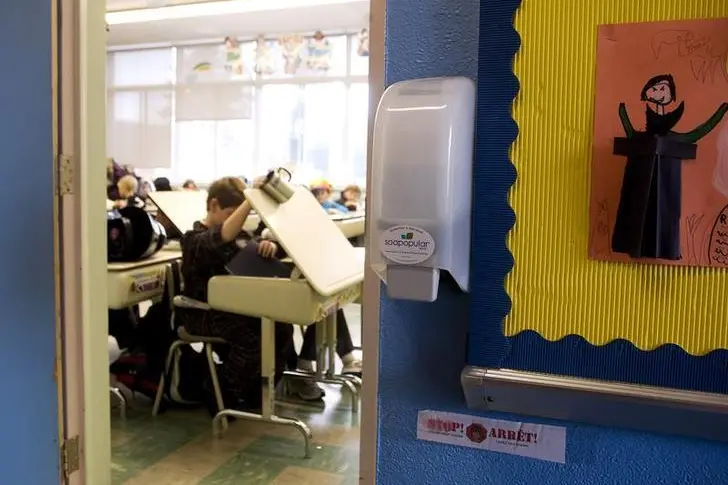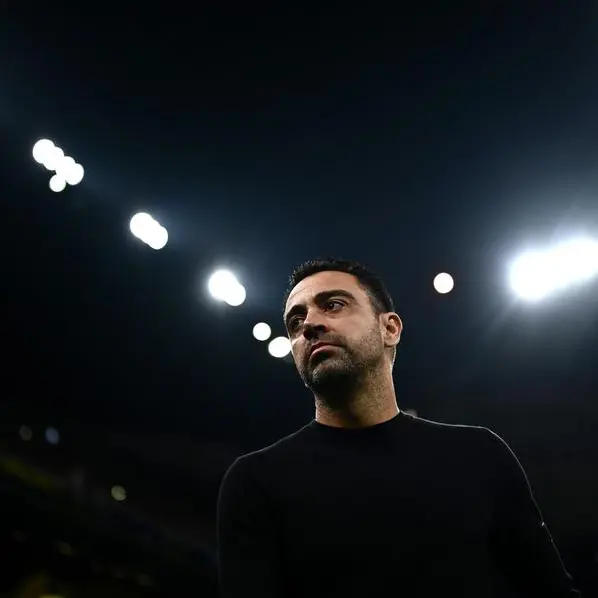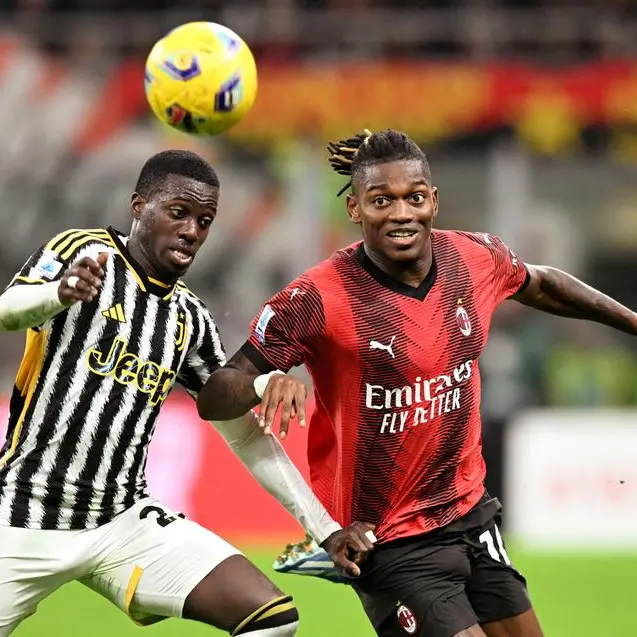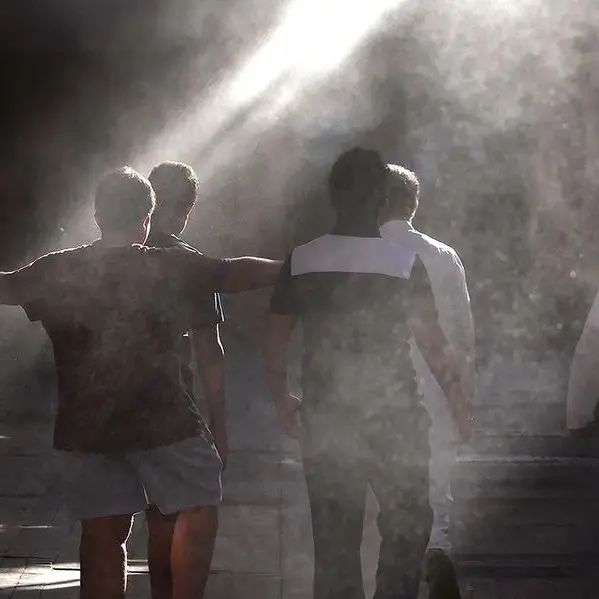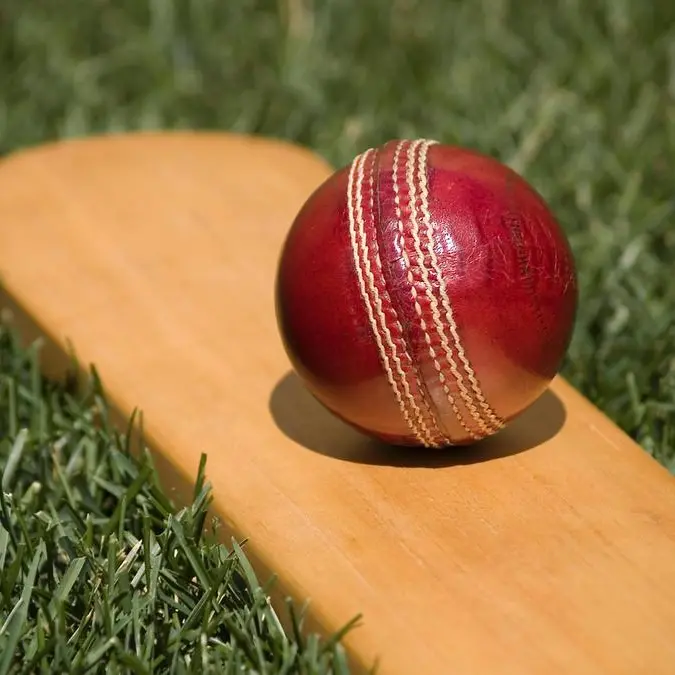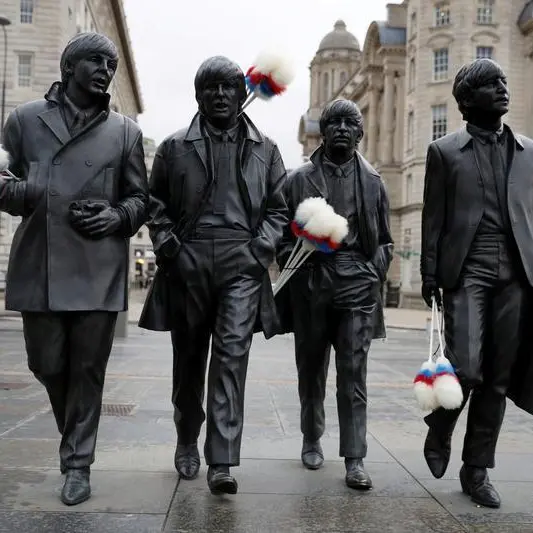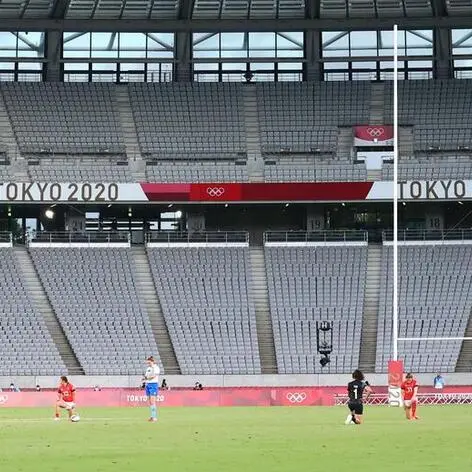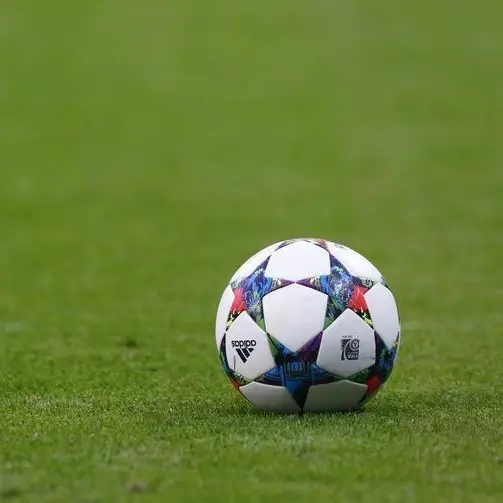PHOTO
LONDON - Pearson said it would target opportunities beyond school and college to sell directly to consumers who it hopes will continue to use its services once they are employed to expand their knowledge as part of its new strategy.
Setting out his plan after taking over in October, Chief Executive Andy Bird said the British company needed to speed up its move from selling courseware via book shops to having a direct connection with a student that could expand into accreditation and certification later in life.
The company, boosted in 2020 by the surge in demand for online learning programmes during the pandemic, said it would split into five divisions that will be supported by a Direct to Consumer group rolling out digital capabilities.
"This year, as we recover from the impact of the pandemic, we are focused on delivering revenue and profit growth," Bird said.
"Pearson's strategy is now geared around three key demand-led global market opportunities which play to all our strengths: the rise in online and digital learning; addressing the workforce skills gap; and meeting the growing demand for dependable accreditation and certification."
Launched in the 1840s as a construction company, Pearson has rebuilt itself several times, acquiring and selling companies in television, publishing, media and education.
Chief Executive Bird, a former Disney executive who took over in October, was brought in to complete its latest transformation to a more consumer-focused company that sells online and directly to learners.
The start of that process, led by former boss John Fallon, suffered many false starts as it adapted to selling online courseware from expensive textbooks. His tenure was marked by profit warnings and thousands of job losses, but also signs that the online route was the right one during the pandemic.
Its 2020 results showed the impact from the coronavirus pandemic, when schools were closed and exams cancelled, and a lift from online learning.
It reported a 10% drop in revenue and adjusted operating profit of 313 million pounds ($432 million), down from 581 million pounds in 2019.
($1 = 0.7238 pounds)
(Editing by James Davey and Louise Heavens) ((kate.holton@thomsonreuters.com; 0044 207 542 8560; Reuters Messaging: kate.holton.thomsonreuters.com@reuters.net))
